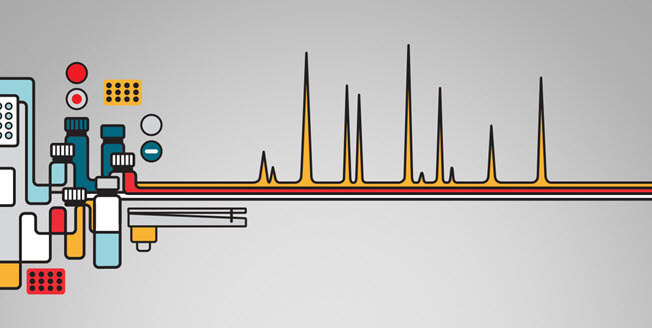
Have you ever thought about the quality of your glass vial? If not, this study will give you an overview, why glass quality is so important, especially when you want to detect small concentrations or certain structures of analytes. In this study drugs (e.g. Doxepin, Clomipramin, Bromperidol (containing trisubstituted N-atoms = tertiary amines and other TCA´s) have been investigated in serum in order to see the effects of certain glass qualities. The results are reported by reproducibility data using different types of 2 mL autosampler glass vials.
When we talk about glass quality, we mostly talk about first hydrolytic class borosilicate glass with different expansion coefficients, which range from 70 type basic glass to 51 type, up to 33 type. What does that mean? Expansion coefficient actually describes the activity of the surface of the glass wall, which relates to the amount of free silanol groups present that can react with analytes and bind them to the glass surface.





